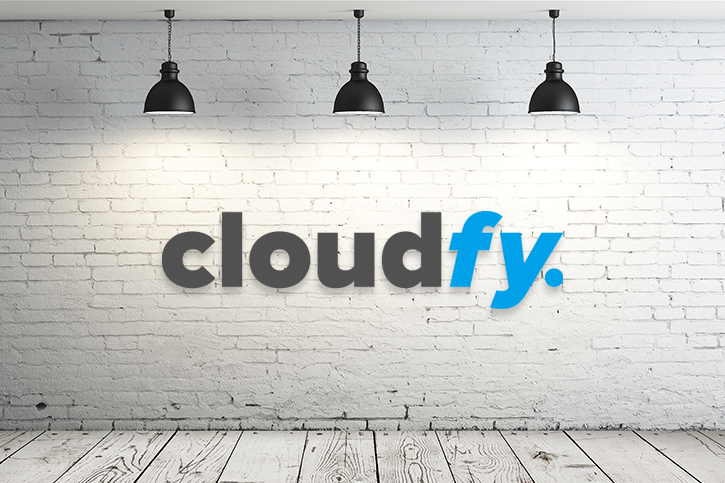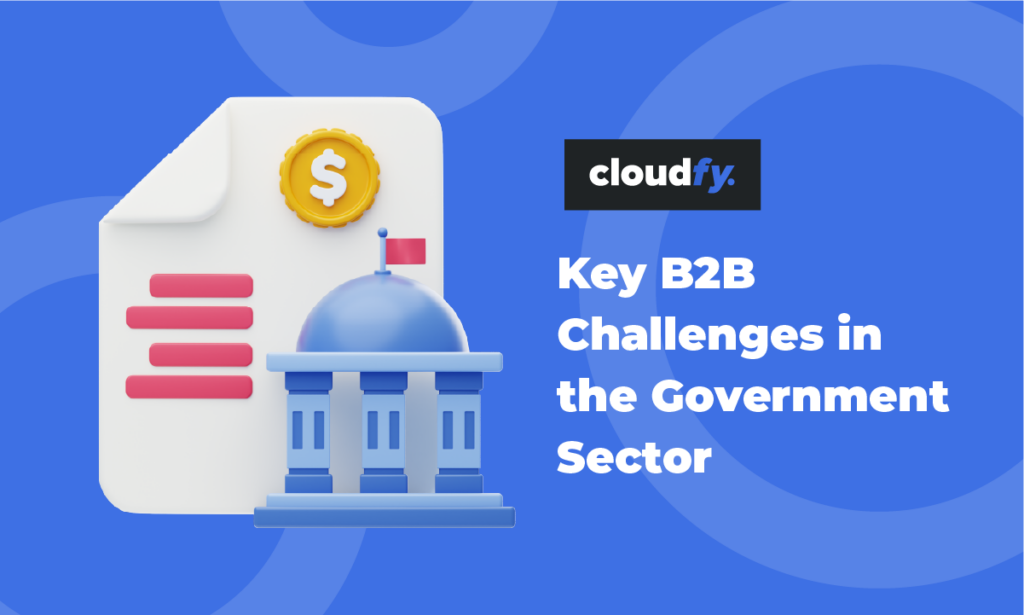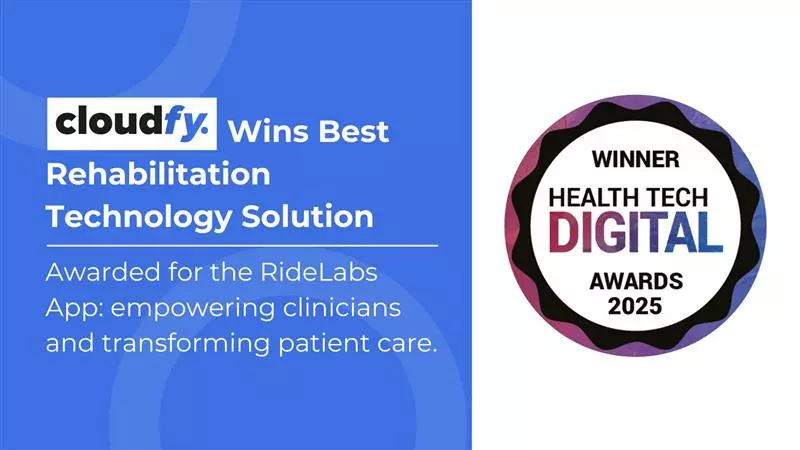A Cloudfy Comparison
This month we’re taking at look at SAP Hybris and its new Edge edition as an alternative Cloudfy for businesses that want to revolutionize their B2B ecommerce world.
Where SAP Hybris comes from
Created by five Munich-based student 20 years ago ‘hybris’ (with a small h). was born when Amazon and eBay we still very new and Page and Brin had only just set up a fledgling Google in California. The young Hybris survived the burst of the ‘dot.com’ bubble and went on to develop software, including a multi-channel approach, designed to meet the needs of large companies.
After a merger with the Canada-based iCongo improved access to the North American market, the company joined one of the world’s largest enterprise software companies.
Hybris (with a capital H) is now part of the SAP Commerce suite available in-premises or in the Cloud. It includes sales, marketing, customer service and ecommerce. In ecommerce terms, it caters for everything from product management and analytics to support for multiple languages and currencies.
| Cloudfy | SAP Hybris | |
|---|---|---|
| Design | Cloudfy is designed and optimised as a Cloud-based business to business (B2B) ecommerce platform. It has been created specifically to help retailers, wholesale distributors and manufacturers to trade online. It is based on years of experience and practice in effective ecommerce. | SAP Hybris is a competitor for IBM and Oracle (ATG) in the enterprise ecommerce B2B and business to consumer (B2C) marketplace. Its ‘streamlined’ Edge edition claims a place in the smaller business market too. |
| Speed | A new Cloudfy ecommerce website can be up and running in weeks and updates and new features are regularly released every few months. | Working with predefined services an SAP Hybris specialist can have an ecommerce store front running in five to six months. |
| Costs | Cloudfy is a service based on a range of monthly subscription plans that make your investment part of your day-to-day business costs, rather than a capital investment. | Costs of hardware, hosting, development support and user licenses should be included in your budget. |
| Integration | Cloudfy is designed with integration in mind, including Microsoft ® Dynamics, Sage, SAP and Netsuite, and has flexibility through its powerful application programing interface (API) for customised solutions with other systems. | SAP Hybris has an integration framework for other products in the Commerce Suite. There are also a range of extensions available from Hybris Extend |
| Flexibility | Development is fast and easy to deploy in the Cloud and Cloudfy is scalable to respond to peaks in demand. It has an intuitive dashboard so content, catalogues, campaigns and newsletters are easy to manage. | Hybris’ flexibility has been enhanced by the introduction of YaaS as a front-office business platform. This Platform-as-a-Service (PaaS) offers customers and partners the ability to build and customize ecommerce capabilities in an open PaaS environment. |
Your route to the future
There’s no doubt that Hybris has pedigree in the ecommerce environment as a multi-channel solution provider for everything from your online storefront to your call center and social media.
The route-map for Hybris certainly appears to be as part of SAP’s drive to gain a hold in the front of house solutions market to match its back-office position. For a company that’s planning to grow with SAP as its underlying enterprise platform then Hybris is certainly worth careful scrutiny.
However, for companies who plan to select solutions to meet their business needs now and in the future, and who value innovation and the flexibility to develop their own approach, Cloudfy should be on your list.
Speak to one of our experts today to explore how Cloudfy can support your growing business.






